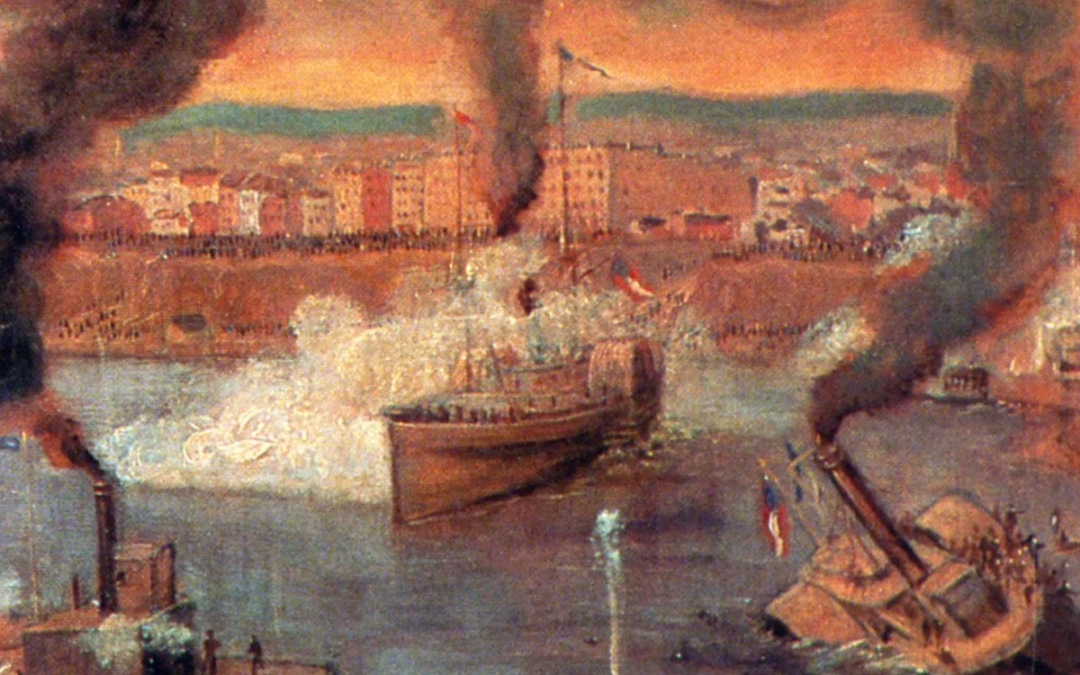At the 1918 Battle of the Somme, a British cavalry officer orders a search party to follow a dozen German troops into No Man's Land, swearing he saw them go underground. He was advised against it as the sun was setting – soon, the legend says, wild, ghoul-like men will feast on the Germans and kill anyone who gets in the way. Of all the military myths and legends that sprung from World War I, there is possibly no greater mystery – and nothing closer to the men in the trenches – than the Wild Deserters of No Man's Land. Most military myths are passed down from generation to generation, usually from a friend who "knows a guy who was there." You've probably heard about the infamous "ether bunny," the Bigfoot of the Vietnam War, or even a ghost story or two (especially if you were stationed on Okinawa). The Wild Deserters are a legend shared on both sides of the war by thousands of men across almost all armies. Except, notably, the United States. The Haunting Realm of No Man's Land...











